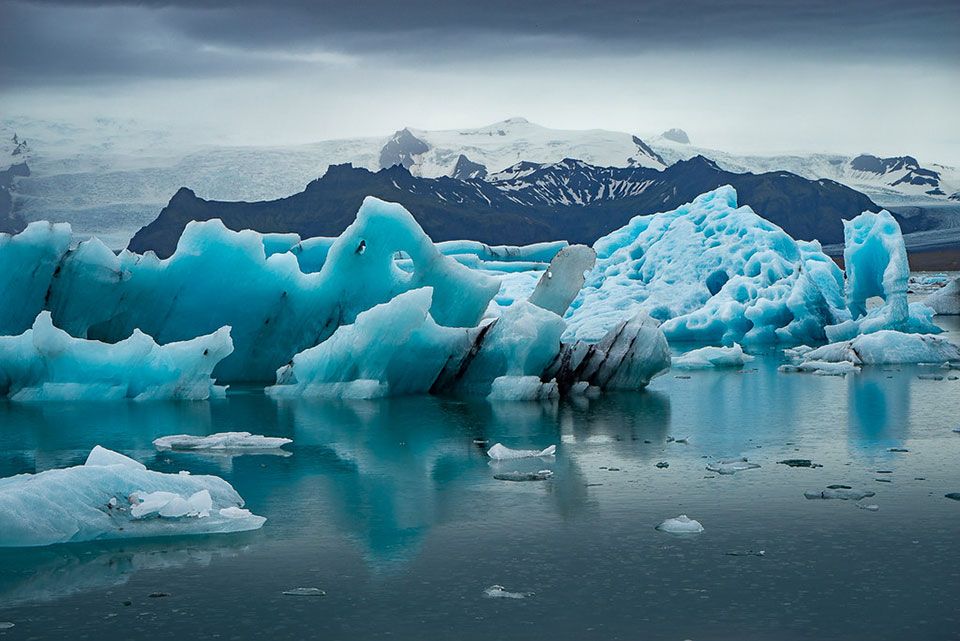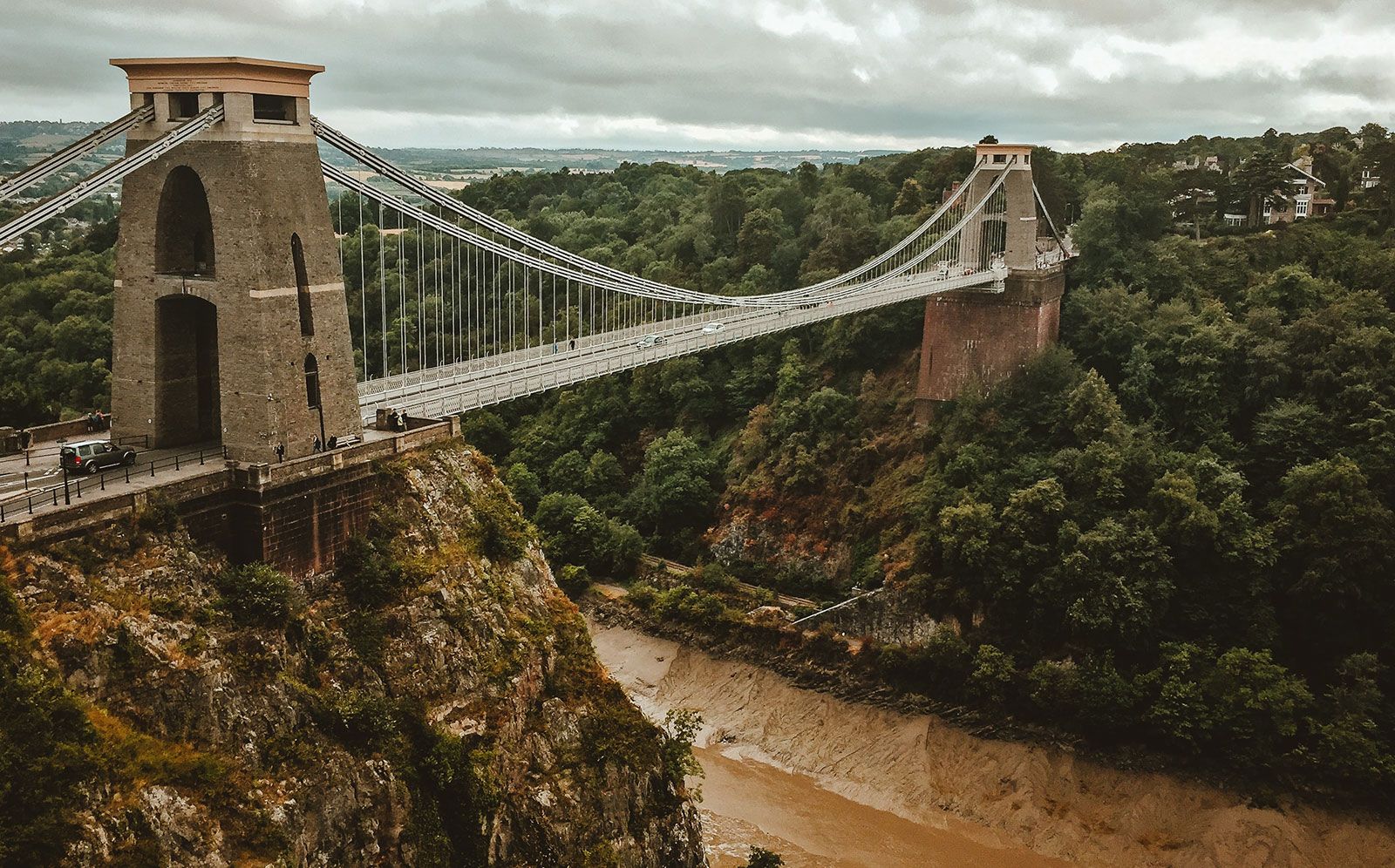Iceland consists of an unforgiving landscape void of trees, whipped by wind and dotted with gushing geysers and bubbling hot springs.
Only 2% of the population is unemployed, the country has no army, they are pioneers in the use of geothermal energy for space heating. The nation has some of the globe’s lowest crime and highest life expectancy rates, and a long history of being named one of the happiest countries on the annual “World Happiness Report.”
Iceland is the Safest and Most Peaceful Country in the World
Are you thinking about going to Iceland? Here are some things about Iceland that you may have heard.
Here are 10 reasons you should visit Iceland!
Table of Contents
- There are no mosquitoes!
- The Northern Lights
- The Blue Lagoon
- Glaciers
- Volcanoes
- You can dive between continents
- Waterfalls
- Ice Caves
- Þingvellir National Park
- Everybody is Equal
- Everyone Speaks English
- Experience Iceland’s Unique Cuisine
- Iceland’s Capital City
- Iceland is one of the Happiest Countries in the World
- Adventure Trails
There are no mosquitoes!
Iceland is one of only two parts of the planet where the mosquitoes never set up, the other is being Antarctica. In places like New Caledonia, Seychelles and French Polynesia mosquitos exist, but the insects cannot carry the virus as it requires the blood of land-based mammals, which are absent in these places.
 Photo credit: Tony Calvert / Flickr
Photo credit: Tony Calvert / Flickr
The Northern Lights
The Aurora Borealis is one of the main reasons travelers from all around the world venture themselves in the dark and cold nights of Iceland. But the reward of facing the extreme temperatures and strong winds is the possibility to appr
You can watch this natural spectacle on the outskirts of Reykjavík, but towards the north the lights can get more intense. the country becomes the best spot to view the full wonder of the Northern Lights. They are usually seen on the Jokulsarlon lagoon located in South Iceland. They are largely seen over the period from September to April.
 Photo credit: Fabrice TRINITE / Flickr
Photo credit: Fabrice TRINITE / Flickr
The Blue Lagoon
This is the most famous attraction in Iceland. There are several hot pools in Iceland and its use of geothermal power, but this one is the total winner. The water is geothermal heated and it is warm all year round and definitely needs to be in your checklist.
The best way to visit the Blue Lagoon is by rental car. But if you do feel driving there, you can use this highly recommended tour from the Golden Circle and Blue Lagoon. For current prices and more information, check their website here.
 Photo credit: N Blom / Flickr
Photo credit: N Blom / Flickr
Glaciers
The ancient glaciers of Iceland cover more than 10% of the country and include the largest glacier in Europe, Vatnajökull. The Jökulsárlón glacier lagoon is one of the best sights in Iceland, where you see a chaotic ensemble of glacier chunks slowly floating their way out to sea.  Photo credit: Andri Elfarsson / Flickr
Photo credit: Andri Elfarsson / Flickr
Volcanoes
There are about 130 volcanic mountains, some active and some extinct. You can take an Icelandic super jeep or helicopter and tour the volcanic landscape of Iceland. A trip to see these landscapes is a trip into natural art. One of the highlights is Thrihnukagigur volcano – the last eruption occurred thousands of years ago. This is usually a journey 128 meters deep and allows you to explore the volcano inside of the cavern is stained with russet red scars and flashes of blackened indigo. You can check the tour prices operated by Inside the Volcano.
You can dive between continents
In Iceland and you will witness the North American and the Eurasian tectonic plates living together in perfect harmony. You can dive between the North American and Eurasian continental tectonic plates!  Photo credit: Guitar photographer / shutterstock
Photo credit: Guitar photographer / shutterstock
Waterfalls
The iconic Gullfoss waterfall is famed for its scale and beauty. The water stream is fed by the Langjökull glacier, second largest glacier in Iceland, and the power of water is breathtaking. Another of the major ones and a prominent tourist attraction is the Svartifoss waterfall. Make sure you also visit their tallest waterfalls, Glymur, and Europe’s most powerful waterfall, Dettifoss.  Photo credit: Giuseppe Milo / Flickr
Photo credit: Giuseppe Milo / Flickr
Ice Caves
Iceland’s ice caves are among the most extraordinary and mesmerizing wonders of nature and can certainly be counted among the most breath-taking sights the world has to offer. Ice caves are natural phenomena that are formed in glaciers during winter. Most often they are formed by water running through or under the glacier and new caves are formed every year. Every cave is different and you never really know what you’ll get to see before you go in. There are knowledgeable guides that will take you on this epic journey under the blue ice.
Þingvellir National Park
Þingvellir (Thingvellir) National Park is a UNESCO Heritage site and it’s very important to the locals because of its historical and cultural background. The park sits in a rift valley caused by the separation of 2 tectonic plates, with rocky cliffs and fissures like the huge Almannagjá fault. Thingvellir is a favourite stop among travellers along the Golden Circle route. t is the visible site of the mid-Atlantic Ridge where the North American and Eurasian tectonic plates meet.
Everybody is Equal
Based on Global Gender Gap Report, Iceland tops the list for being the country with the most gender equality in the world for the seventh straight year in a row. Iceland is often referred to as the most feminist place in the world.
Everyone Speaks English
If you are worried about travelling to a foreign country and not being able to speak to anyone, don’t you worry! In Iceland, almost everybody speaks English. All children are required to learn both English and Danish in elementary schools.
Experience Iceland’s Unique Cuisine
Iceland is known for its unique cuisine. In Iceland you can go to a restaurant and get amazingly fresh seafood that was caught earlier that day. Icelandic ingredients are known for being fresh, healthy and sustainable. Seafood and lamb stand out as mouthwatering entree items on many menus. They also have options that will cater to specialized diets. Here are suggestions for vegan restaurants in Reykjavik.  Photo credit: imgur.com
Photo credit: imgur.com
Iceland’s Capital City
Reykjavik is Amazing. But Iceland’s capital city of Reykjavik is a place that will lure you in with Viking-age history, world-class museums, a geothermal beach, inviting pubs and plenty of adventures for the entire family to enjoy. Reykjavik is also a great place for some live music and entertainment. The whole city of Reykjavík is made up of colourful houses, not just in one area, but all over the place!
Iceland is one of the Happiest Countries in the World
According the World Happiness Report, Iceland ranks third in the world for happiness. If you travel to Iceland, you will surely find some happy and friendly locals to talk to. The local Icelandic swimming pools are a great place to meet new people where you can have fun and interesting conversations with the locals.
Adventure Trails
Iceland is the perfect destination for adventure-loving travelers. The Laugavegur Hiking Trail is Iceland’s most famous hiking trail and truly one of the world’s most beautiful treks. The trail connects the Landmannalaugar and Þórsmörk Nature Reserves and offers a variety of different landscapes along the way. Every day has different views with beautiful scenery of pristine nature with volcanic mountains, lava fields, glaciers, natural hot springs, black arctic deserts and lush forrested valleys.
When to travel to Iceland?
The pick season in Iceland is during summertime [May to September], with mild temperatures and fully booked hotels. During that time, the days are longer and you can enjoy beautiful moments in nature and outside. Iceland is a small country, to get around you can rent car and go explore it by yourself. Or you can book a tour and visit the waterfalls, geysers, volcanoes and glaciers. This country has some of the most spectacular sights in the world, with active volcanoes, breathtaking mountain scenery and calming geothermal springs.
Find out more interesting facts about Iceland












